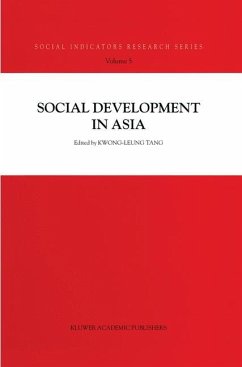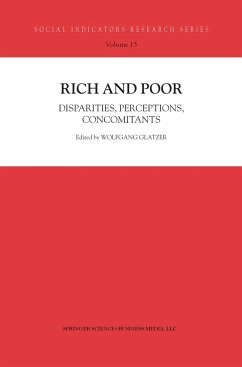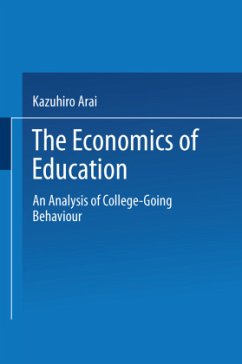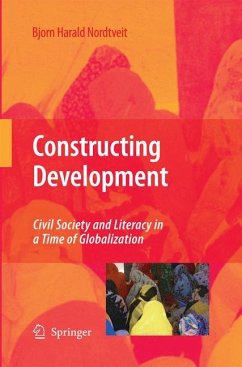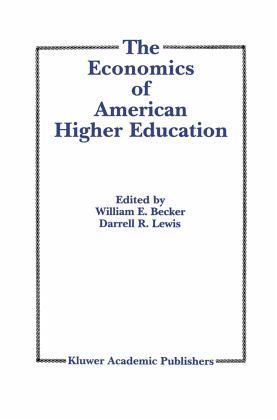
The Economics of American Higher Education

PAYBACK Punkte
57 °P sammeln!
Postsecondary educational institutions in the United States are facing increasing financial stress and waning public support. Unless these trends can be changed, higher education can be expected to stagnate. What, if anything, can be done? As a starting point, advocates of higher education need to more fully recognize the issues associated with the economic mission of higher education and how this mission gets translated into individual student gains, regional growth, and social equity. This requires an understanding of the relationship between the outcomes of higher education and measures of ...
Postsecondary educational institutions in the United States are facing increasing financial stress and waning public support. Unless these trends can be changed, higher education can be expected to stagnate. What, if anything, can be done? As a starting point, advocates of higher education need to more fully recognize the issues associated with the economic mission of higher education and how this mission gets translated into individual student gains, regional growth, and social equity. This requires an understanding of the relationship between the outcomes of higher education and measures of economic productivity and well-being. This volume addresses topics related to the role of postsecondary education in microeconomic development within the United States. At tention is given to the importance of colleges and universities 'in the enhancement of individual students and in the advancement of the com munities and states within which they work. Although several of the chapters in this volume are aimed at research/teaching universities, much of what is presented throughout can be generalized to all of postsecondary education. Little attention, however, is given to the role of higher education in the macroeconomic development of the United States; this topic is covered in our related book, American Higher Education and National Growth.





